The town of Chamonix-Mont-Blanc is situated at 1042m (3,396 ft) above sea level. It sits at the foot of Mont Blanc, the highest peak in Western Europe at 4807m (15,770 ft).
Chamonix is considered by many as Europe's mecca for outdoor sports and draws many enthusiasts from all over the world. Unlike many of the purpose built resorts, Chamonix is a proper working town with a large population of about 12,000 inhabitants. This number can be boosted by as many as 80 - 100,000 during the peak months in summer and winter.
As befits a town of this size there are plenty of shops, hotels, cafes, bars, pubs and nightclubs.
Our top reasons to visit Chamonix:
-
Home of the Vallée Blanche, one of the world’s great off-piste descents
-
Great destination for weekends and short breaks
-
Easy access from the UK and just 75 minutes by road from Geneva airport, which has regular flights from many UK airports
-
Thriving, working town full of shops, bars and restaurants = good shopping, good après-ski
-
The Alpine capital of France renowned for big mountain skiing, alpinism and extreme adventure
-
Mont Blanc – the highest peak in Western Europe
-
Very long ski season with skiing possible until well into May
-
Good range of accommodation for all budgets
Chamonix Ski Area
The skiing area of Chamonix is generally considered to have some of the best off-piste skiing in the world. Much of this is accessible from the lift systems and includes descents of over 2,000m. The Chamonix valley extends over 20km and there are several separate lift systems and mountains which provide enormous variety and all are included on the Mont Blanc pass.
Off Piste runs include:
The Vallée Blanche
The longest off-piste ski descent in the world (24kms).
Pas de Chevre
Ascend to the top of Grand Montets and ski down to the Mer de Glace and on into Chamonix.
Glacier du Toule
You can ski the Glacier du Toule down towards Courmayeur and then catch the cable car back up to the top of the mountain and ski the Italian side of the Vallée Blanche.
Le Tour
From the back of the Le Tour lift system there is fantastic off-piste skiing towards Vallorcine and Switzerland.
Some of the very best areas can only be reached with an hour's ski tour from the pistes. The effort expended is more than rewarded with the awesome skiing across untracked terrain.
Chamonix is just as much about the climbing and mountaineering in the summer months, with easy access into the high mountains and many magnificent climbs and routes available plus an extensive network of high alpine huts its also a mecca for climbers. Mont Blanc draws over 20,000 ascents a year both by ski and foot and any good weather day in the summer months will see numerous people achieve the summit.
Resort Information:
Resort Height: 1,042m
Highest Lift: 3,842m
Nearest Airport: Geneva
Transfer Options: From Geneva the transfer time from the airport is about 75 minutes to Chamonix. We recommend that you book a seat with one of the many transfer companies who offer shared minibus transfers to and from the airport. Mountain Tracks recommends Mountain Drop Offs or Cham Van who both offer comparativly priced transfers and run an efficient services.
More about Mont Blanc
Mont Blanc is the highest mountain in Western Europe. Its height is 4,807 metres (15,780 feet), but varies from year to year by a few metres, depending on snowfall and climate conditions. The mountain lies at 45°55′N, 6°55′E between the regions of Haute Savoie, France and Aosta Valley, Italy
The first known ascent was made on August 8, 1786 by Jacques Balmat and Michel Paccard.
 Off-Piste
Off-Piste Ski Touring
Ski Touring Via Ferrata
Via Ferrata Ice Climbing
Ice Climbing Alpine Glacier Trekking
Alpine Glacier Trekking Worldwide Trekking
Worldwide Trekking





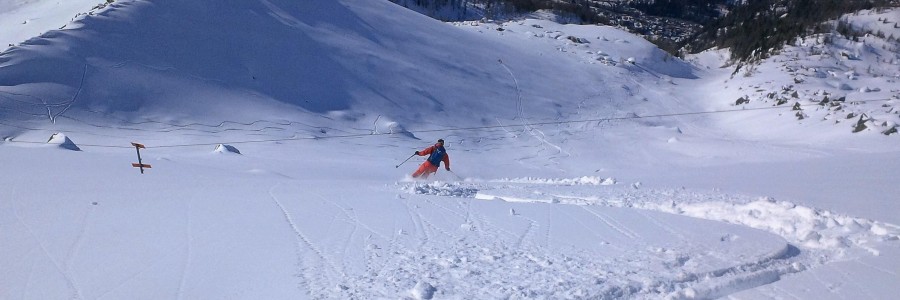



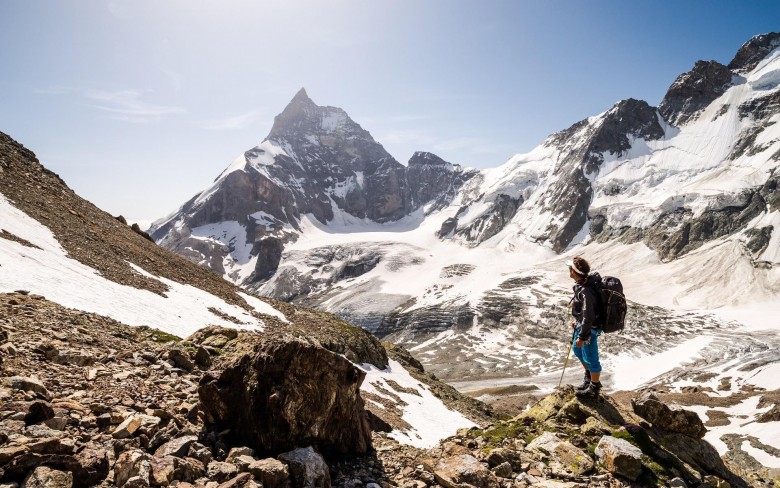


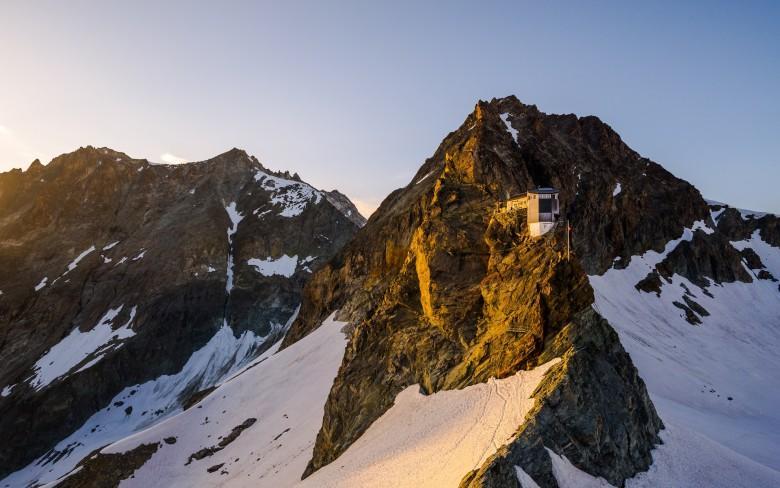
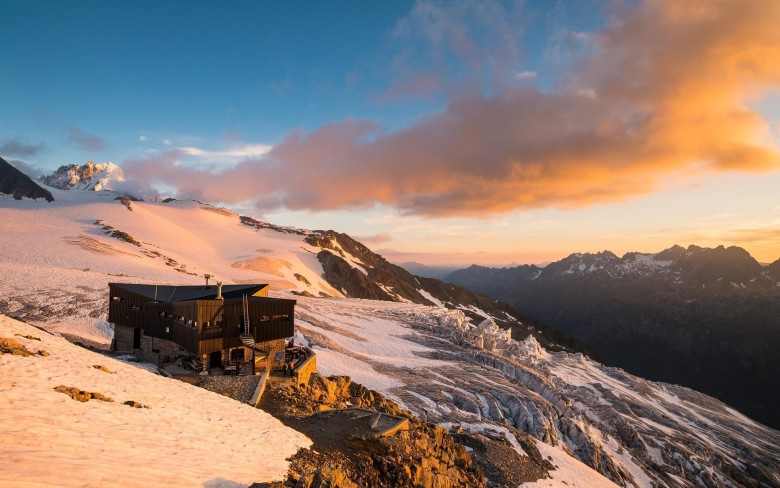
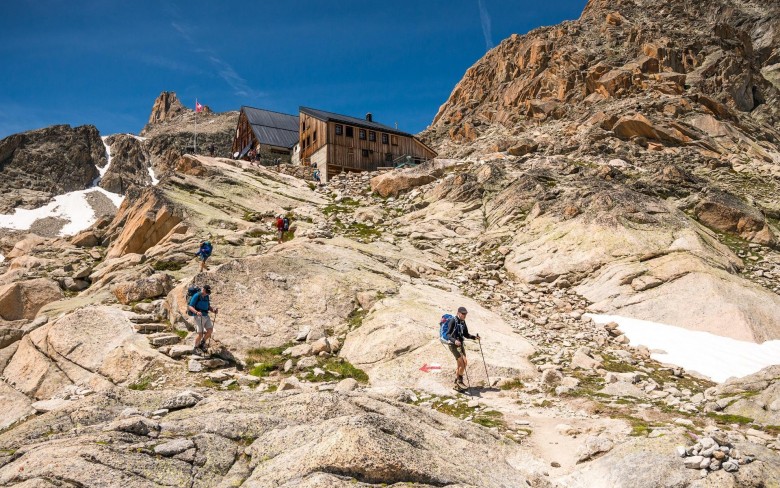
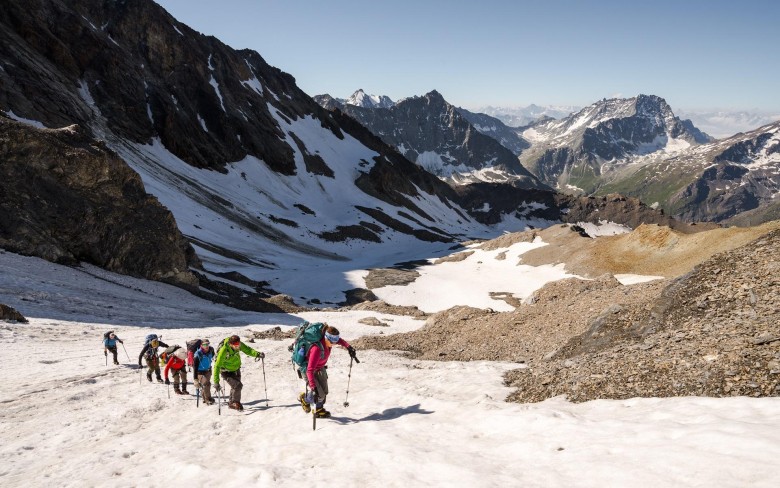
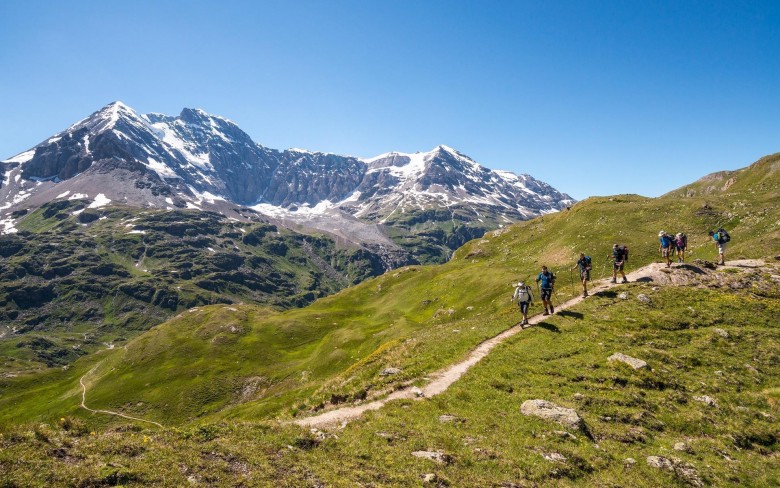
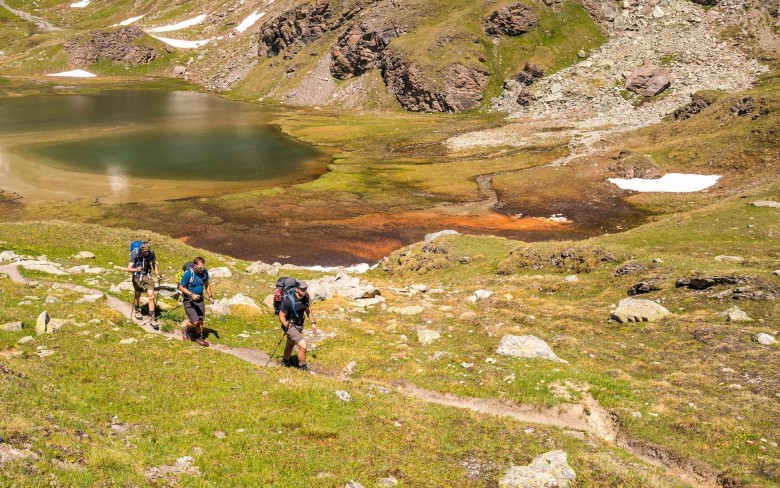
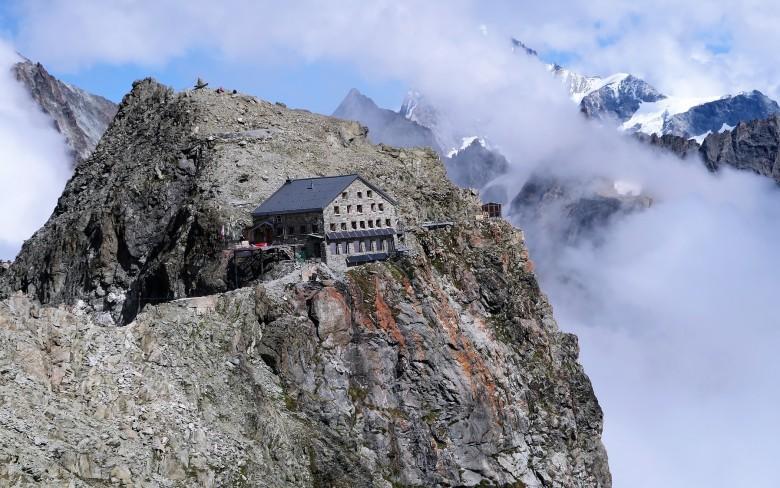

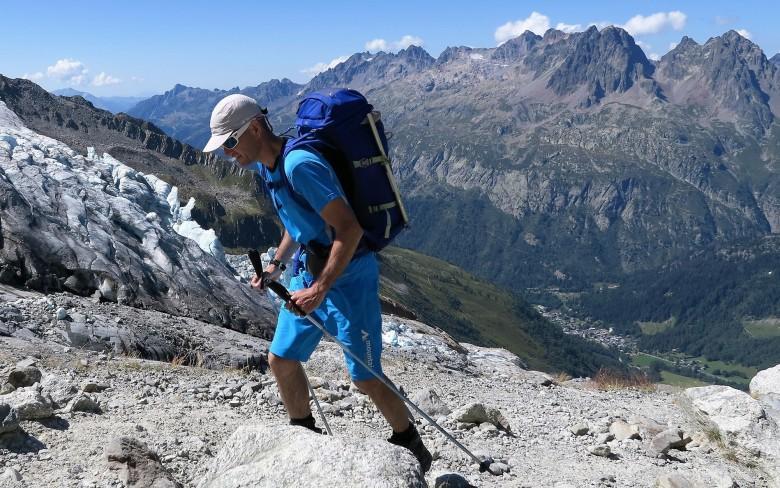
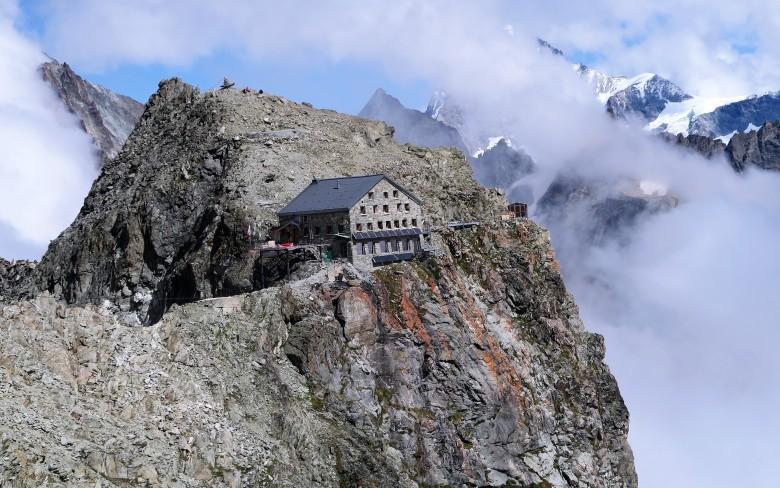
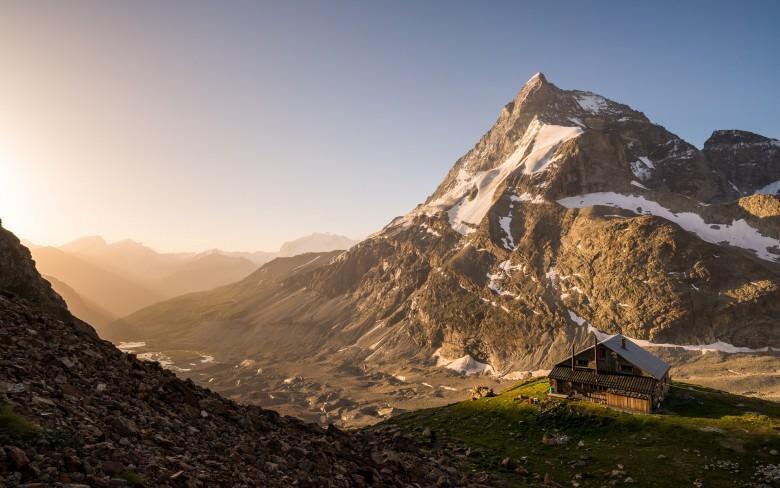
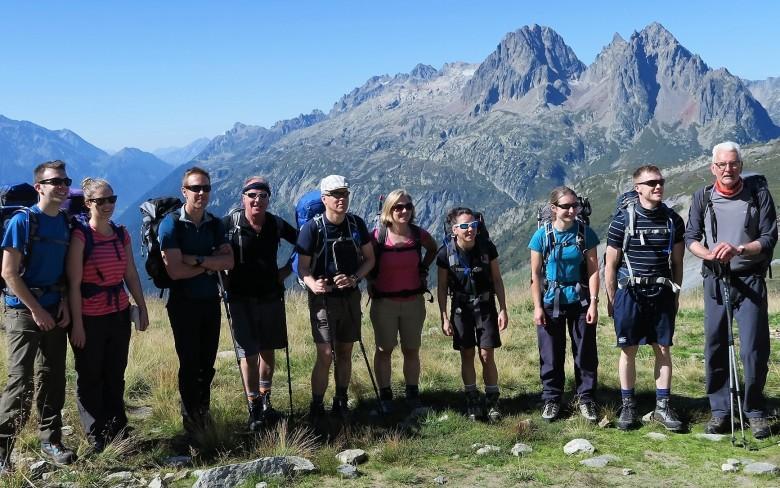
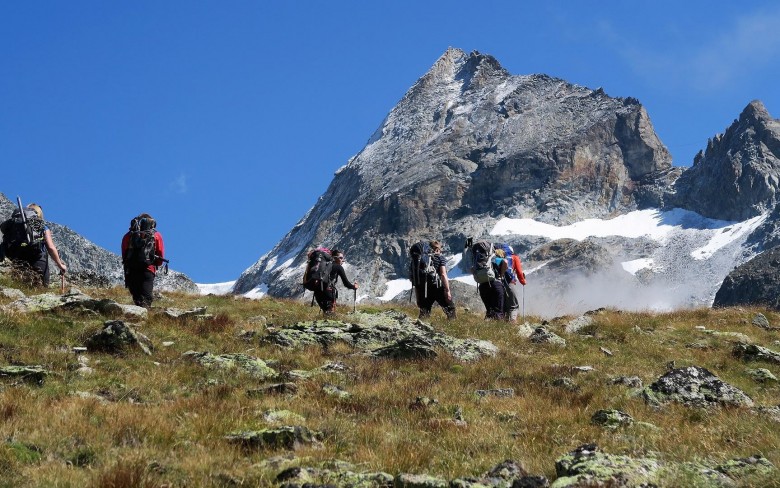
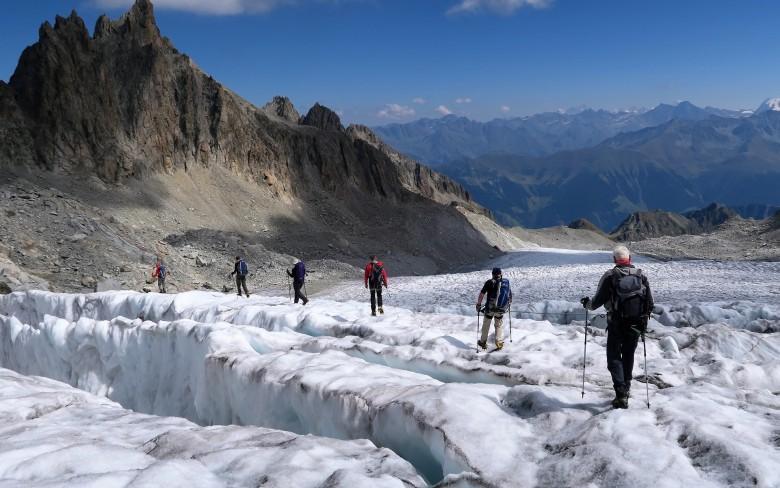
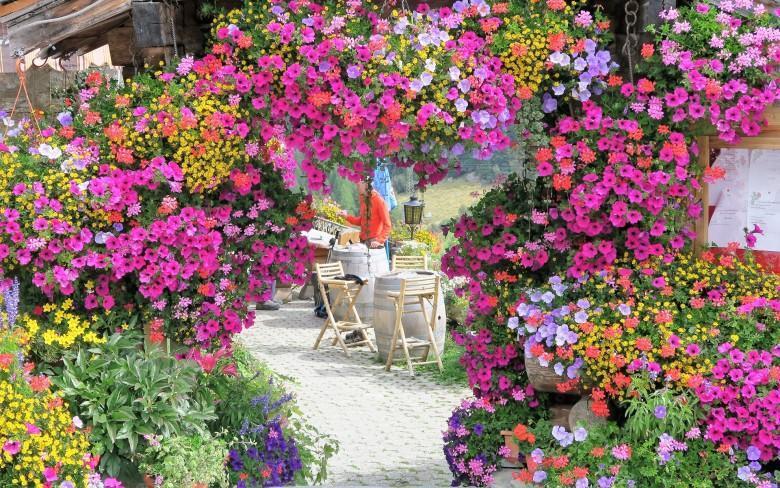

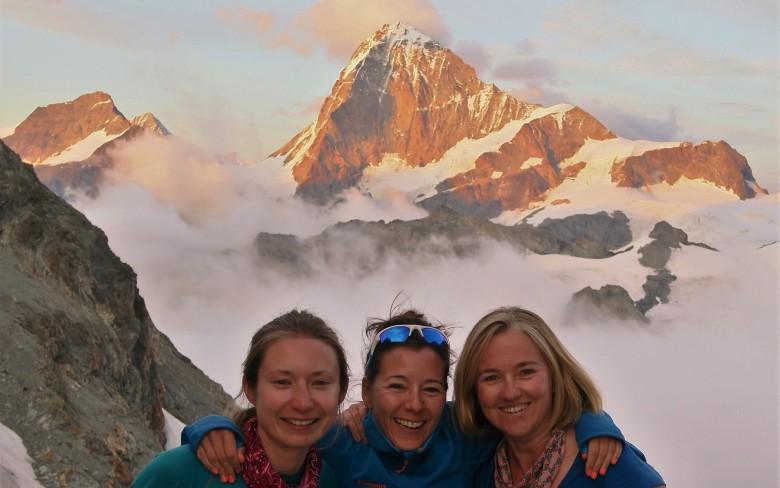
 Travel Website Development
Travel Website Development